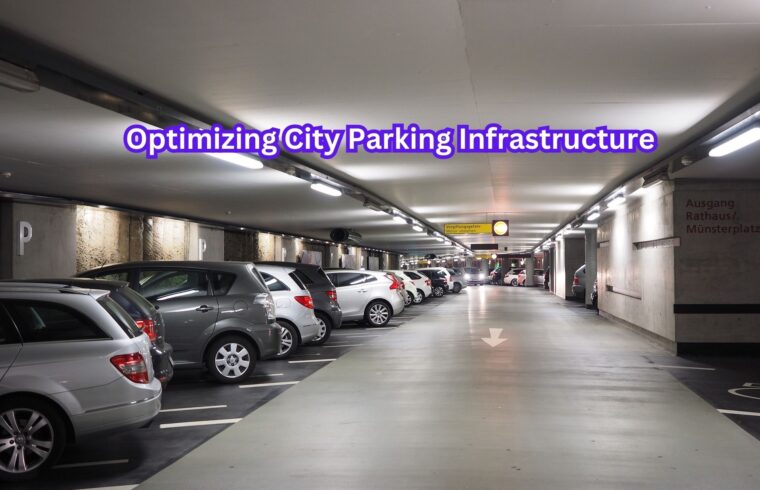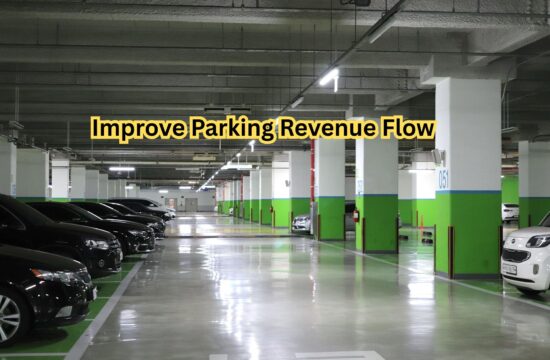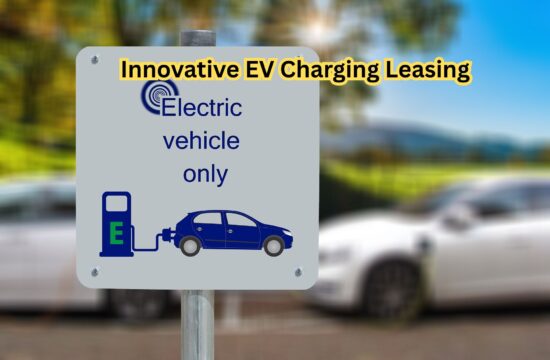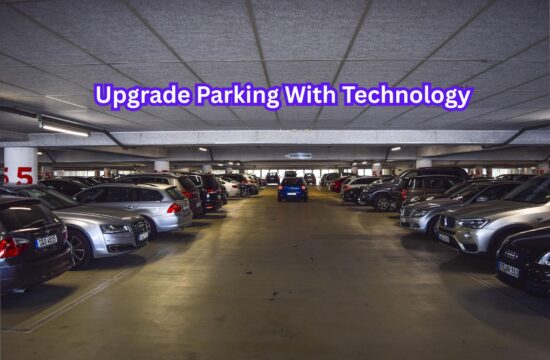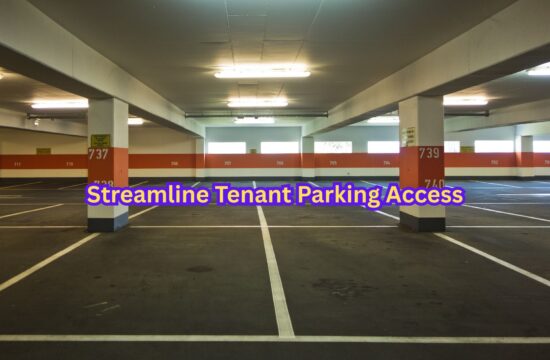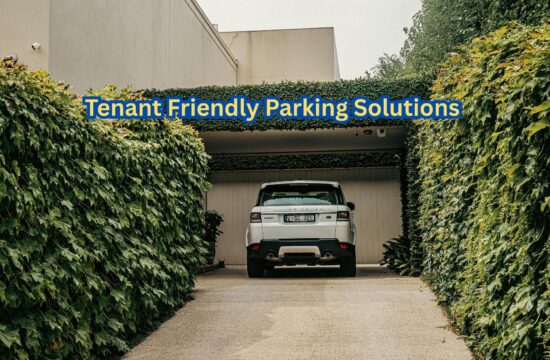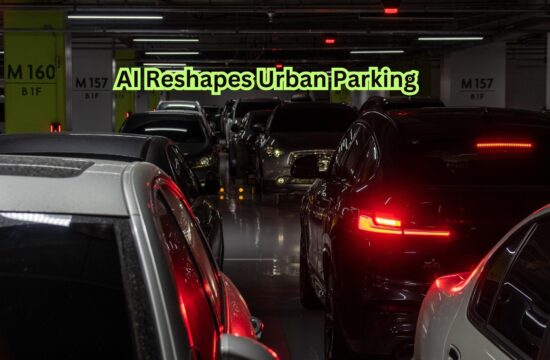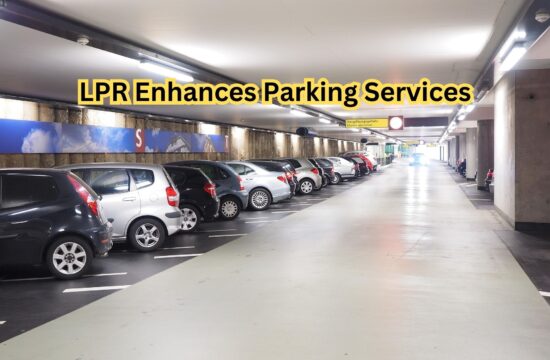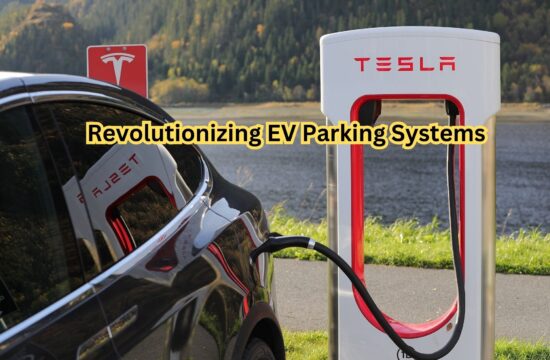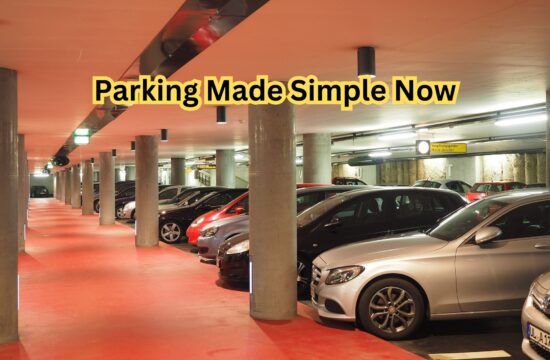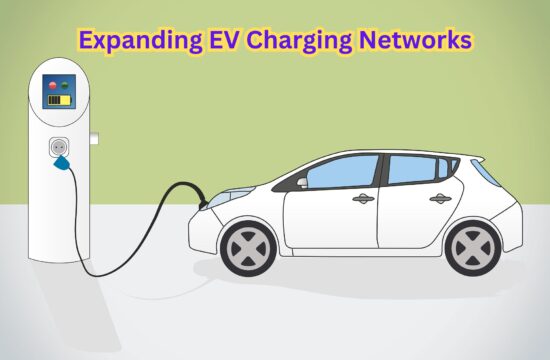Urban mobility, traffic congestion reduction, and general quality of life all depend on an effective city parking infrastructure. Optimizing City Parking Infrastructure is crucial as cities must use creative methods to efficiently manage parking because of the growing number of vehicles and the scarcity of available space. Optimizing City Parking Infrastructure ensures better traffic flow, reduced pollution, and enhanced convenience for drivers. Therefore, Optimizing City Parking Infrastructure is a key factor in creating smarter, more livable urban environments.
The Need for Optimization
Parking in urban settings is particularly difficult due to space constraints, traffic jams, and wasteful use of available places. These problems can be resolved and a more effective transportation system can be produced by optimizing parking infrastructure.
Smart Parking Solutions
Smart parking systems use data analytics, smartphone apps, and Internet of Things sensors to give real-time parking availability information. These technologies save search times and ease traffic by assisting drivers in finding open spaces fast.
Dynamic Pricing Models
Using dynamic pricing models promotes more efficient use of available space. Prices can change according to location, demand, and peak hours, guaranteeing the best possible use of parking spots and bringing in money for local development.
Parking Reservation Systems
Platforms for parking reservations, like ABC, let consumers reserve spots in advance. This maximizes the use of available parking spaces while simultaneously lowering uncertainty.
Multi-Level and Automated Parking Structures
Particularly in crowded urban areas, automated parking systems and multi-level parking structures effectively utilize vertical space. Additionally, automated systems maximize parking capacity by eliminating the need for expansive roads and walkways.
Integration with Public Transport
Multimodal travel is encouraged when parking options are integrated with public transportation hubs. By enabling commuters to park their cars and continue their journey by public transportation, park-and-ride facilities help to reduce traffic in inner cities.
Conclusion
For better urban living, city parking infrastructure must be optimized. Cities may increase productivity, lessen traffic, and improve accessibility by utilizing smart technologies, dynamic pricing, and sustainable practices. Adopting these tactics will open the door to more intelligent and environmentally friendly urban transportation options.

